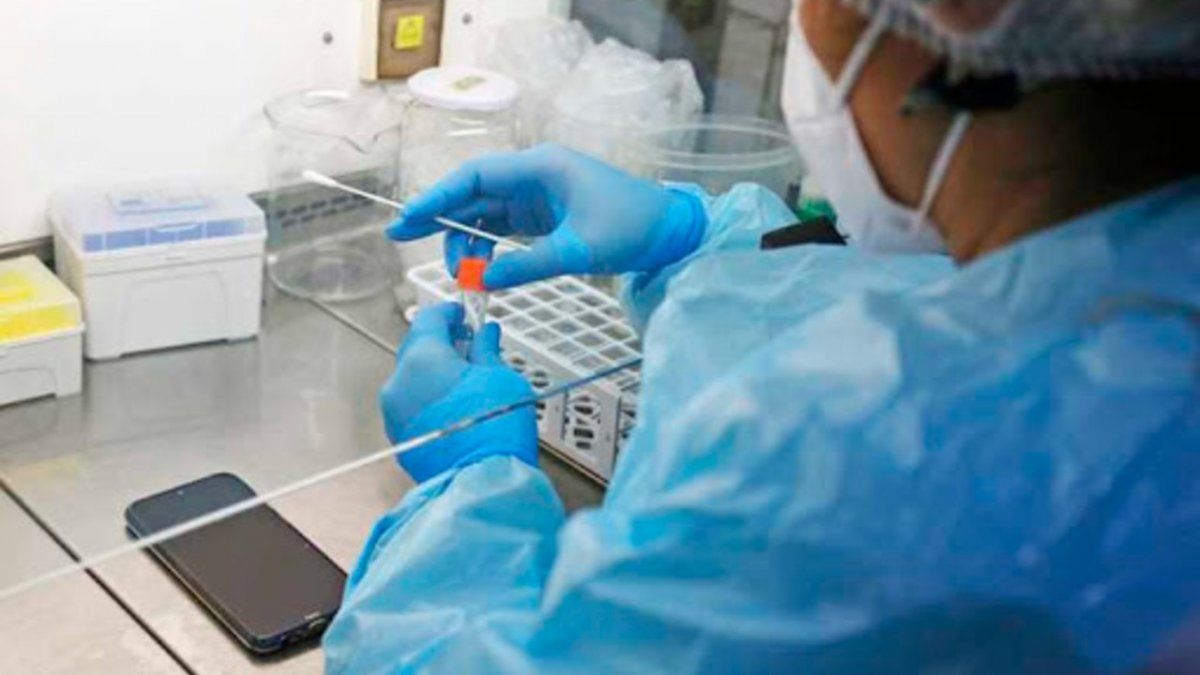
[ad_1]
The research was conducted by the Faculty of Medicine at the University of Chile and the Institute of Ophthalmology at University College London, and the method, called Phone Screen Testing (PoST), approaches the PCR results of nasopharyngeal samples by over 90%, even in the case where the person has a low viral load, suggesting that it could be configured non-invasively diagnostic.
The study brought together a pilot group of 540 samples, including nasopharyngeal swabs and swabs from participants’ smartphones. The first samples were taken from one of the research leaders, Luis Quiñones. From the analysis of samples from their electronic devices, which turned out to be positive, the idea of developing the new diagnostic method began and the investigation was designed to check whether it was effective.
“I was infected with Covid-19 in May 2020, fortunately almost asymptomatic. When we started the investigation, I did the PCR and it was positive, so I went home for two weeks, and there we took samples from my phone and my notebook, ”recalled Quiñones, who offered to investigate how the surfaces of objects that have a very close and direct relationship are contaminated by infected people. .
The samples from this pilot group were processed in their lab, to first establish whether there was a correlation between the person’s positive sample and that from their cell phone, which was corroborated. Thus, the multidisciplinary team carried out a second group of samples, this time of 764 in total, in which the validation protocols were tested by sensitivity and specificity analyzes.
It was found that people who test positive for the coronavirus also have samples taken from their cell phones with the same result, and that figure oscillating between 81% and 100%. It is more, patients with high viral load had a 100% detection rate on their phone sample and those with a lower viral load were slightly less detectable on their cellphones: around 80%.
Quiñones revealed that at the suggestion of E-Life magazine, it was asked “to test whether this methodology is useful in detecting variants of SARS CoV-2, and it is.” As this part of the study was carried out a few months ago, we were only able to detect the Brazilian and South African variants, which we describe in this publication, with a very good correlation ”.
“El gran problema con el covid-19 es que muchas personas andan por la calle contagiando y no lo saben”, commented on BBC el doctor Rodrigo Young, creator of this method and investigator in el Instituto de Oftalmología en el University College London, in UK. Therefore, testing as many people as possible is an effective way to reduce contagion.
[ad_2]
Source link
 Naaju Breaking News, Live Updates, Latest Headlines, Viral News, Top Stories, Trending Topics, Videos
Naaju Breaking News, Live Updates, Latest Headlines, Viral News, Top Stories, Trending Topics, Videos